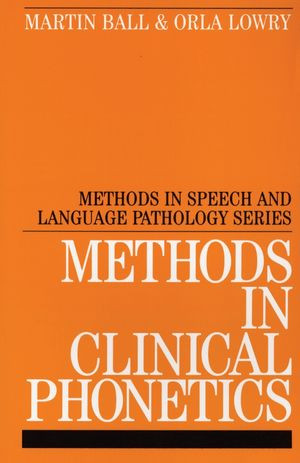

Most ebook files are in PDF format, so you can easily read them using various software such as Foxit Reader or directly on the Google Chrome browser.
Some ebook files are released by publishers in other formats such as .awz, .mobi, .epub, .fb2, etc. You may need to install specific software to read these formats on mobile/PC, such as Calibre.
Please read the tutorial at this link: https://ebookbell.com/faq
We offer FREE conversion to the popular formats you request; however, this may take some time. Therefore, right after payment, please email us, and we will try to provide the service as quickly as possible.
For some exceptional file formats or broken links (if any), please refrain from opening any disputes. Instead, email us first, and we will try to assist within a maximum of 6 hours.
EbookBell Team

0.0
0 reviewsThe book, then, illustrates the three main approaches to the investigation of spoken language; articulatory, acoustic, and auditory. Further, it describes how impressionistic phonetic transcription through symbolisation differs from instrumental phonetic techniques. For each of these areas of discussion, chapters are provided that examine the general phonetic aspects, followed by chapters that illustrate their application to clinical data.
The authors are both phoneticians with experience of investigating both normal and disordered speech through both impressionistic and instrumental means, and this is the first book in this market that describes a whole range of data reduction techniques and illustrates them with data relevant to the student and practitioner of communication disorders.Content:
Chapter 1 What is Clinical Phonetics? (pages 1–9):
Chapter 2 Transcribing Phonetic Data (pages 10–24):
Chapter 3 Transcribing Disordered Speech (pages 25–40):
Chapter 4 Articulatory Instrumentation (pages 41–48):
Chapter 5 Articulatory Analysis of Disordered Speech (pages 49–60):
Chapter 6 Acoustic Instrumentation (pages 61–72):
Chapter 7 Acoustic Analysis of Disordered Speech (pages 73–87):
Chapter 8 Auditory and Perceptual Instrumentation (pages 88–98):
Chapter 9 Auditory and Perceptual Analysis of Disordered Speech (pages 99–109):
Chapter 10 The Future of Clinical Phonetics (pages 110–120):